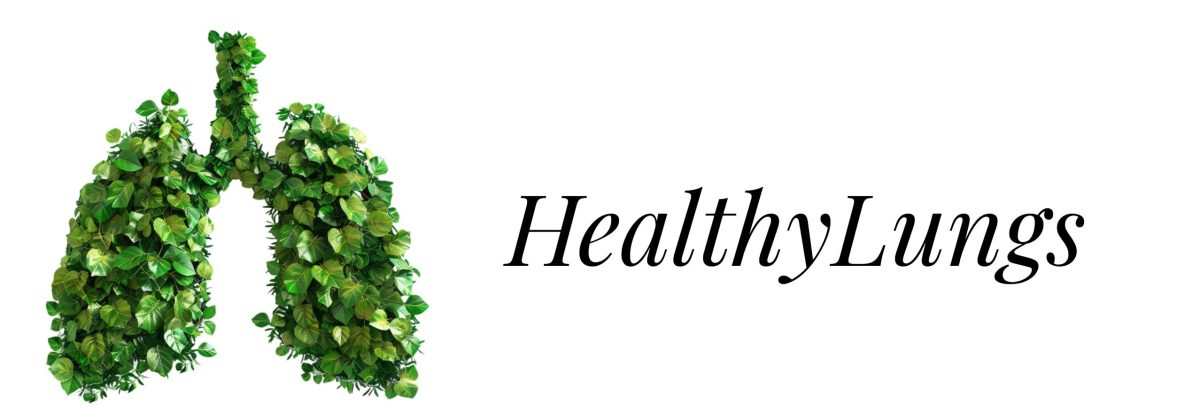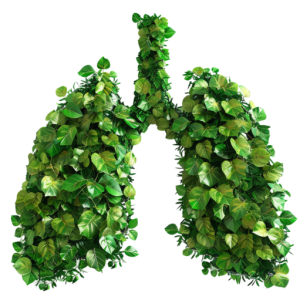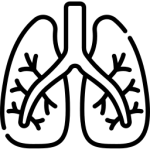Aspergillus is a type of mold that exists in various environments, including soil, decaying plants, and indoor spaces. While most people encounter Aspergillus without any ill effects, certain individuals are at a higher risk of developing infections. It’s essential to be informed about these risks to protect ourselves and our loved ones.
Aspergillus infection Who is most vulnerable?
1. Individuals with Compromised Immune Systems
People with weakened immune systems are particularly prone to Aspergillus infections. This includes patients undergoing chemotherapy, those receiving immunosuppressive therapy, and individuals living with conditions such as HIV/AIDS. Because their bodies are less equipped to fend off infections, they should take extra precautions, especially in areas where mold is prevalent.
2. Individuals with Chronic Lung Diseases
Those who suffer from chronic lung diseases, such as asthma, cystic fibrosis, or chronic obstructive pulmonary disease (COPD), are also at heightened risk. The compromised lung function can lead to more severe symptoms if an infection occurs, making awareness and management critical.
3. Recent Surgery Patients
Surgical patients, particularly those who have undergone organ transplants or other major procedures, may be at risk due to temporary immune vulnerability. It’s essential for these individuals to adhere to post-operative care and guidelines to mitigate exposure to Aspergillus.
4. People with Certain Health Conditions
Conditions such as diabetes, cirrhosis, or auto-immune diseases may increase susceptibility to Aspergillus. These individuals should stay informed about their health and discuss any concerns with their healthcare providers, particularly if they experience respiratory issues.
5. Environmental Considerations
Those living in or visiting areas with poor air quality or high mold exposure—such as poorly ventilated buildings or regions with natural molds—should exercise caution. Workplaces like construction sites or agricultural settings may also present more frequent exposure to Aspergillus spores.
Preventative Measures For those who are at risk, there are several steps you can take to minimize exposure and prevent infection: –
**Maintain Good Indoor Air Quality**: Keep your living environment clean and dry. Use air filters and dehumidifiers if necessary. –
**Practice Hygiene**: Regular handwashing and avoiding touching the face can help reduce the likelihood of introducing spores into the body. –
**Monitor for Symptoms**: Be aware of any respiratory symptoms, such as cough, fever, or difficulty breathing, and seek medical advice promptly if they arise.
If you or someone you care for falls into one of these at-risk categories, it is crucial to stay informed about Aspergillus and other pathogens. By understanding the risks and taking protective measures, we can help ensure a healthier and safer environment. If you have concerns about mold exposure or Aspergillus infections, I encourage you to reach out to your healthcare provider for further guidance.
“I wish it need not have happened in my time,” said Frodo.
“So do I,” said Gandalf, “and so do all who live to see such times. But that is not for them to decide. All we have to decide is what to do with the time that is given us.” – J.R.R. Tolkien









